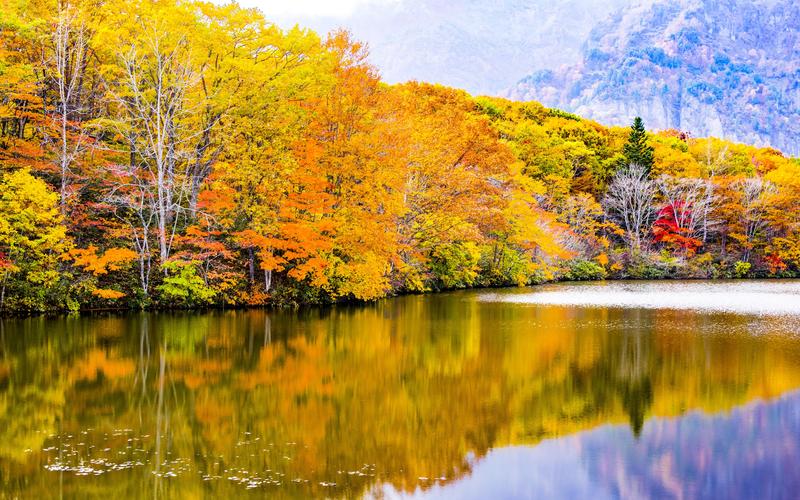Our solar system is a mystical place that has captivated human imagination for centuries. In recent times, with advanced technology and space exploration missions, we have been able to uncover many fascinating aspects of our solar system. In this article, we will discover the wonders of our solar system, providing an overview of key information that will astound you.
Inner Planets
The inner planets are the four planets closest to the sun- Mercury, Venus, Earth, and Mars. They are called terrestrial planets as they are similar to Earth in terms of composition, with a rocky surface and a solid core. Mercury is the smallest planet in our solar system and has a barren, rocky surface with numerous craters. Venus, on the other hand, is the hottest planet with a thick poisonous atmosphere, where surface temperatures can rise up to 864°F. Earth is our home, with a mild climate and the only planet with life as we know it. Mars, the red planet, is known for its dusty, rocky surface and is currently a major focus of space exploration.
Jovian Planets
The outer planets, Jupiter, Saturn, Uranus, and Neptune, are called the Jovian planets. They are named after the Roman God Jupiter, who was the King of Gods. The Jovian planets are composed mainly of gas and are much larger than terrestrial planets. Jupiter, the largest planet in the solar system, has a giant red spot on its surface, an enormous storm that has been raging for over 300 years. Saturn is the second largest planet and is known for its iconic rings made up of ice particles and rocks. Uranus and Neptune are much smaller than Jupiter and Saturn and have icy surfaces.
The Sun
The sun, the star at the center of our solar system, is a colossal ball of hydrogen and helium gas that occupies 99.86% of the total mass of the solar system. It is the primary source of energy for life on Earth through photosynthesis, and its energy drives the climate and weather patterns on our planet.
Moons
Our solar system has over 200 natural satellites or moons orbiting around planets. Some famous moons include Titan, Saturn’s largest moon, which has a thick atmosphere and an environment similar to early Earth. Europa, one of Jupiter’s moons, has a subsurface ocean of saltwater that could potentially harbor life. And finally, our moon, which is the largest natural satellite relative to its host planet, and is our closest neighbor in space.
Conclusion
The universe is vast and mysterious, and our solar system is only a mere spec in that grand scheme of things. But it is fascinating, and we have only begun to explore and understand its wonders. From the inner planets to the outer Jovian giants, the sun that illuminates our planet, and the moons that orbit around them, our solar system is a magnificent spectacle that we can never tire of.
(Note: Do you have knowledge or insights to share? Unlock new opportunities and expand your reach by joining our authors team. Click Registration to join us and share your expertise with our readers.)
Speech tips:
Please note that any statements involving politics will not be approved.
